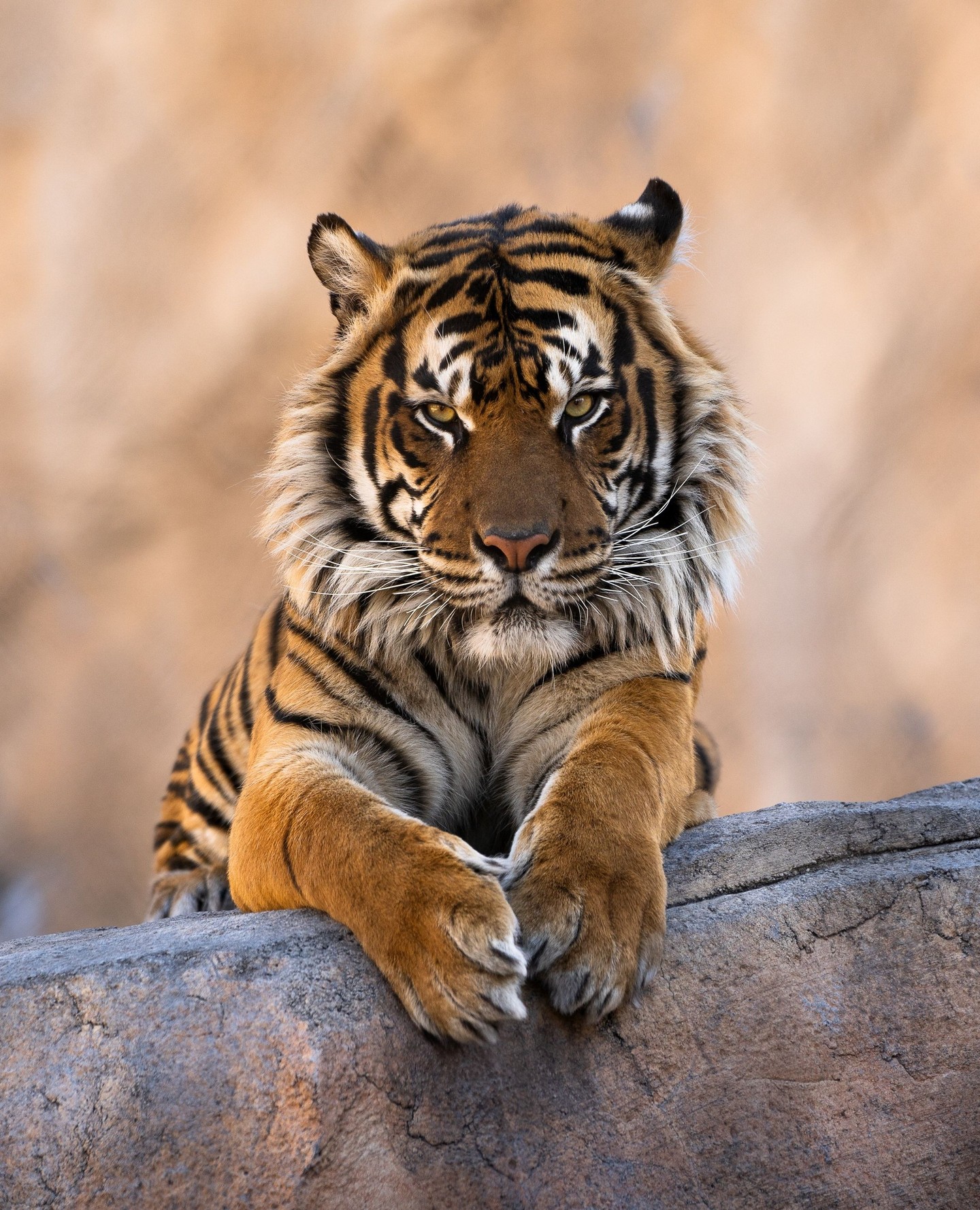- The significance of a tiger’s stripe pattern and its role in individual identification and camouflage.
- Insight into the biological function of stripe patterns in tigers and how they aid in hunting and survival.
- The ecological role of tigers within tropical rainforest ecosystems and the importance of their conservation.
- The role of zoos in promoting awareness and education about tigers and conservation efforts globally.
- Visitor experience at zoos, with a focus on educational programs and conservation messaging.
A tiger’s stripes are critical for identification, much like fingerprints in humans. This distinctive pattern is a way for wildlife researchers and conservationists to track and study various individuals in the wild. Tigers have vertical black stripes on a background of orange and white fur. Each stripe pattern is different, allowing for the cataloging and monitoring of their populations. Using photographic evidence and advanced software, researchers can create databases of tiger sightings, which helps in conservation management and efforts to prevent poaching.
Beyond identification, a tiger’s stripes play a vital role in camouflage. These large predators live predominantly in dense forests and tall grass areas, where the interplay of light and shadow provides a natural backdrop against which stripes work effectively. This natural adaptation allows tigers to blend seamlessly into their surroundings, facilitating their role as ambush predators. A tiger can move quietly and remain unseen until it is ready to strike, contributing significantly to its hunting success.
Stripe patterns also play a crucial role in social behavior and communication within the species. Tigers, being solitary animals, rely on scent markings and visual signals to communicate. The stripe patterns might help convey status and reproductive readiness, indirectly contributing to their reproductive success. While this aspect of stripe utility is less understood, ongoing studies continue to explore such theories.
Ecologically, tigers serve as apex predators within their environments, playing a significant role in maintaining the balance of ecosystems. They help control the population of herbivores, ensuring vegetation is not overgrazed, which in turn affects the entire ecological cycle. One tiger can cover large territories, which helps maintain genetic diversity by reducing territorial overlap and encouraging dispersed breeding.
The conservation of tigers is crucial. These big cats face numerous threats, including habitat destruction, poaching, and human-wildlife conflict. Measures such as the establishment of wildlife reserves and anti-poaching laws are essential in protecting them. Conservationists are also working to increase public awareness and support for tiger conservation through educational programs and global initiatives like the International Tiger Day, aimed at highlighting their plight and the need for habitat preservation.
Zoos play a significant role in the conservation and education efforts concerning tigers. They provide a controlled environment for breeding programs, ensuring that if wild populations dwindle significantly, there are genetically diverse groups under managed care. These institutions employ educational programs that inform the public about the importance of conservation, the threats tigers face, and the instrumental role these animals play in biodiversity.
An educational visit to the zoo, especially during special events like the Easter weekend, can offer families and individuals an opportunity to learn about these magnificent creatures. Visitors can engage in zoo tours, attend keeper talks, and participate in interactive exhibits, all aimed at deepening the understanding of tigers and their conservation needs.
Keeper Mike and his team likely offer invaluable insights into the life and habits of tigers, providing educational talks that engage the audience, fostering a deeper appreciation for these apex predators. This engagement is vital, encouraging visitors to think critically about conservation and their role in it.
In conclusion, understanding the complexities and importance of a tiger’s stripes enriches our knowledge of this iconic species. Through continued conservation efforts and educational outreach, institutions like zoos help secure a future where tigers thrive both in the wild and under human care. By visiting natural reserves and educational institutions and supporting global initiatives, we play a part in this journey toward sustainability and preservation.
*****
Source Description
Did you know? A tiger’s stripes are not only unique like fingerprints, but they also serve a crucial role in camouflage, helping them blend seamlessly into their tropical rainforest home.
The Zoo is open all Easter weekend, 10am – 5pm.
📷️: Keeper Mike


